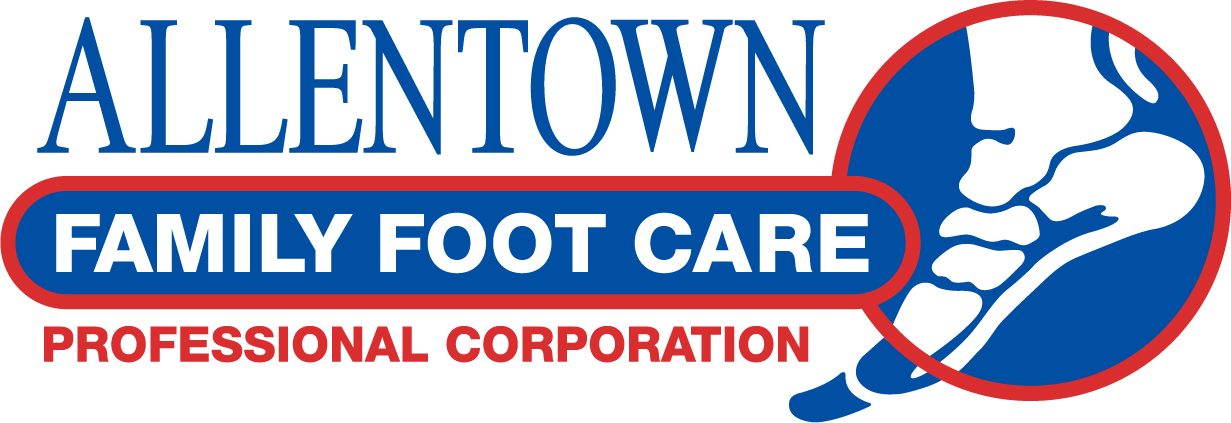Turf Toe
Turf toe is a common injury that affects the joint at the base of the big toe. It occurs when the toe is hyperextended, causing damage to the ligaments and soft tissues in the joint. Turf toe is often associated with sports activities that involve sudden stops, changes in direction, or repetitive movements on artificial turf or hard surfaces. Proper diagnosis and management of turf toe are essential for a full recovery and to prevent long-term complications.
Causes of Turf Toe
Turf toe is typically caused by a sudden, forceful hyperextension of the big toe joint. This can occur during sports activities such as football, soccer, basketball, and wrestling, where the toe is bent back excessively when the foot is planted on a hard surface. Athletes who play on artificial turf or hard surfaces are particularly susceptible to turf toe due to the increased friction and lack of cushioning compared to natural grass.
Symptoms of Turf Toe
Symptoms of turf toe may include:
- Pain and tenderness at the base of the big toe
- Swelling and bruising around the joint
- Difficulty moving or bending the big toe
- Pain when pushing off the foot or bearing weight on the affected foot
- Limited range of motion in the big toe
Diagnosis and Treatment of Turf Toe
Diagnosis of turf toe typically involves a physical exam, medical history review, and imaging tests such as X-rays or MRI to assess the severity of the injury. Treatment of turf toe may involve conservative measures such as rest, ice, compression, elevation (RICE), and immobilization with a splint or brace to allow the injured ligaments to heal. Non-steroidal anti-inflammatory drugs (NSAIDs) may also be recommended to reduce pain and swelling. In more severe cases, a healthcare professional may prescribe physical therapy, custom orthotics, or recommend footwear modifications. In rare cases, surgery may be necessary for severe or chronic cases of turf toe.
Preventing Turf Toe
Preventing turf toe can be achieved by taking the following precautions:
- Wearing appropriate footwear with proper support and cushioning for sports activities, especially on artificial turf or hard surfaces
- Ensuring that playing surfaces are well-maintained and not overly hard or slippery
- Using techniques and strategies to minimize sudden, forceful hyperextension of the big toe during sports activities
- Following a gradual and proper warm-up routine before engaging in sports activities
If you suspect that you have turf toe or are experiencing symptoms, it is important to seek the care and treatment of a healthcare professional who specializes in foot and ankle care. Early diagnosis and proper management of turf toe can help prevent long-term complications and ensure a full recovery.
